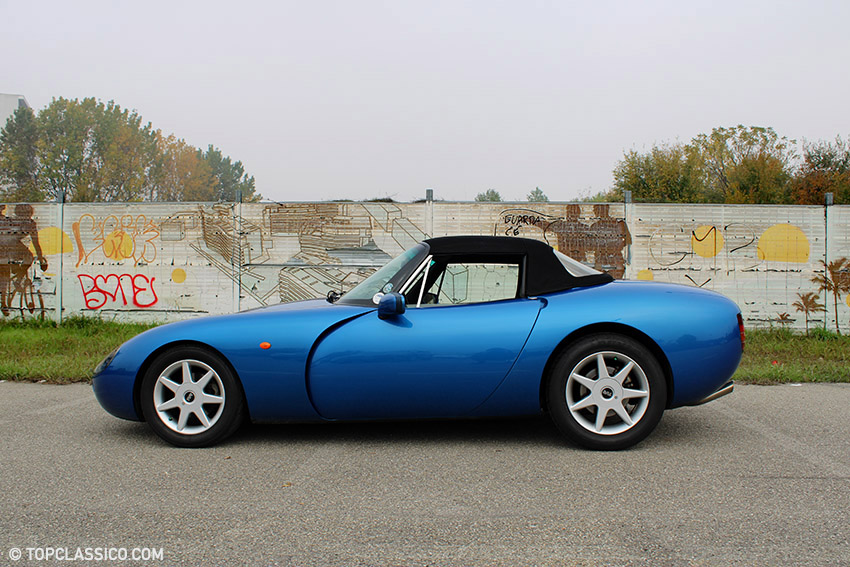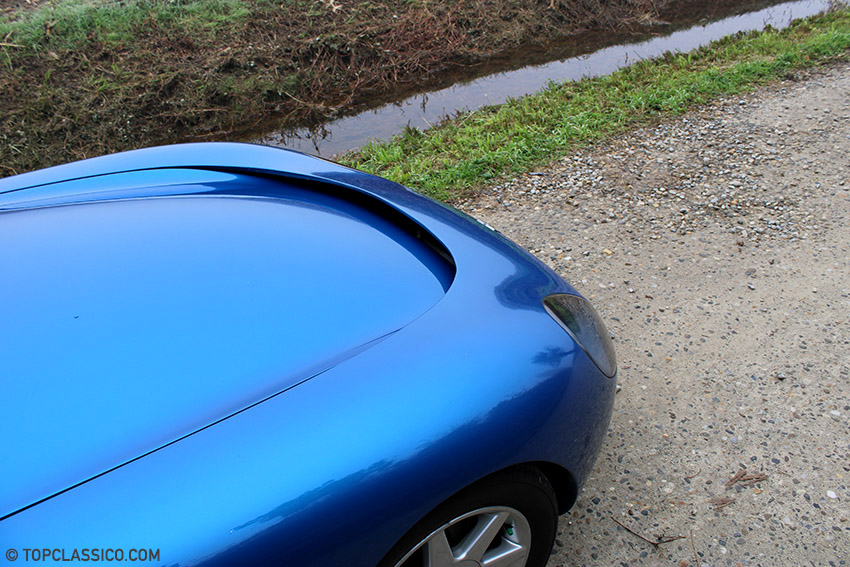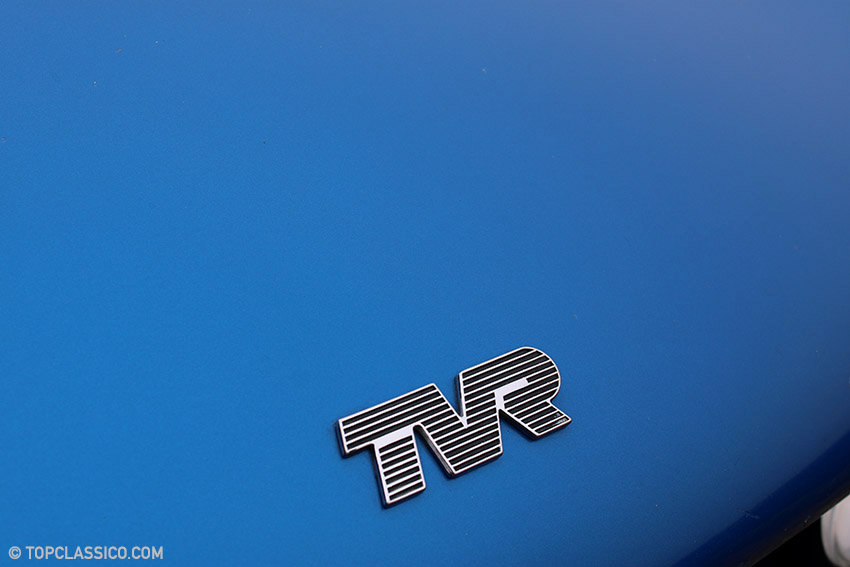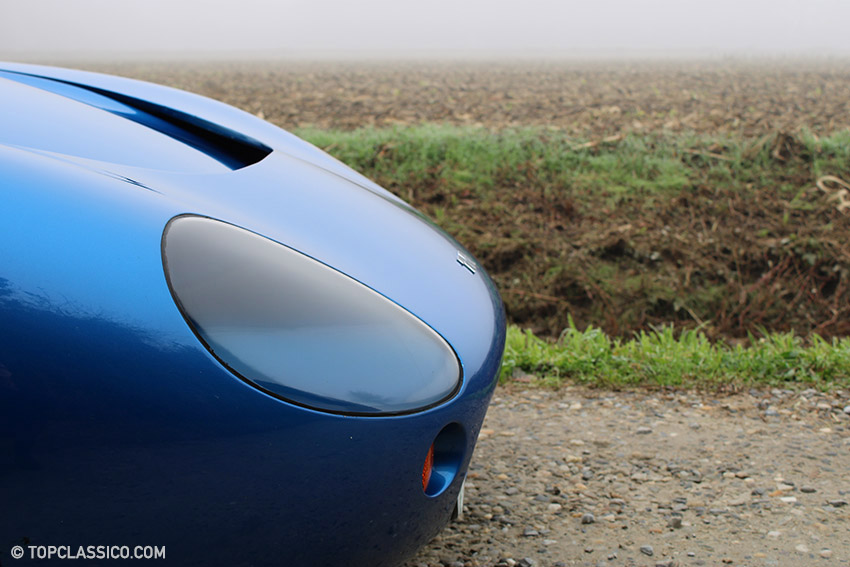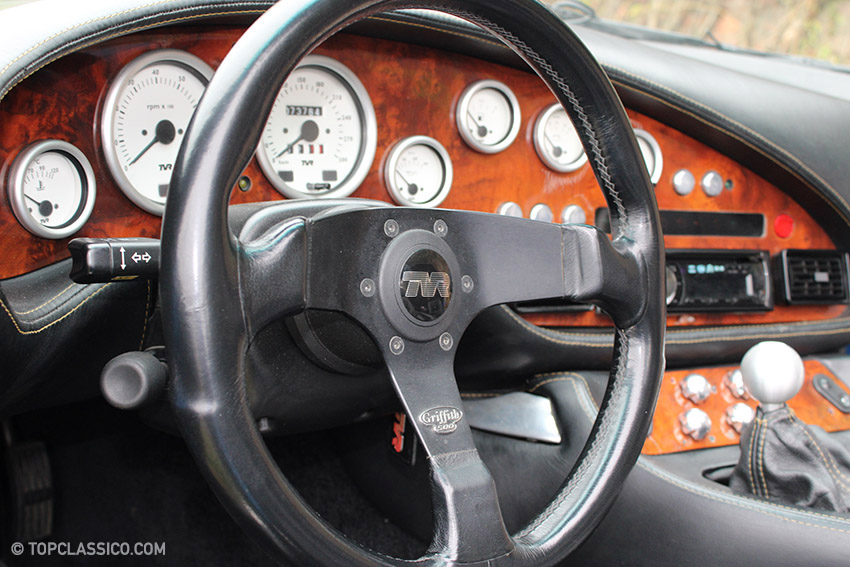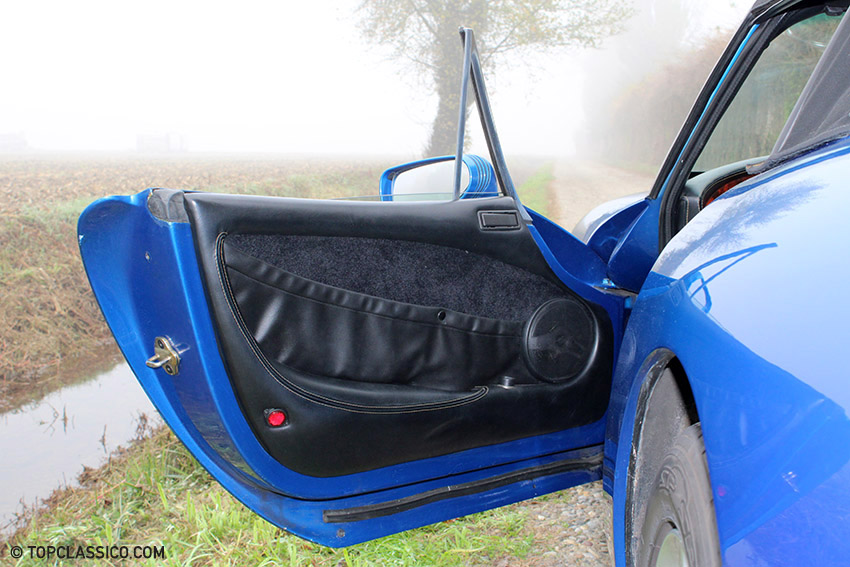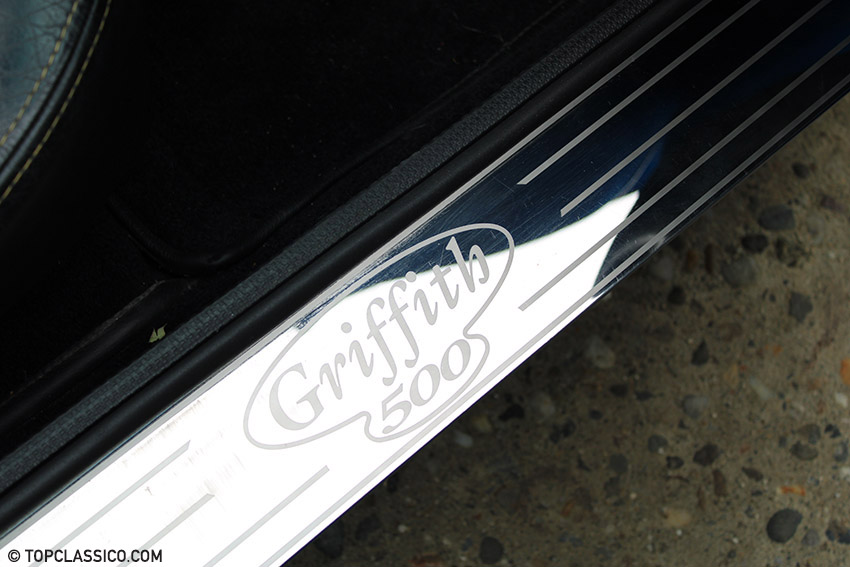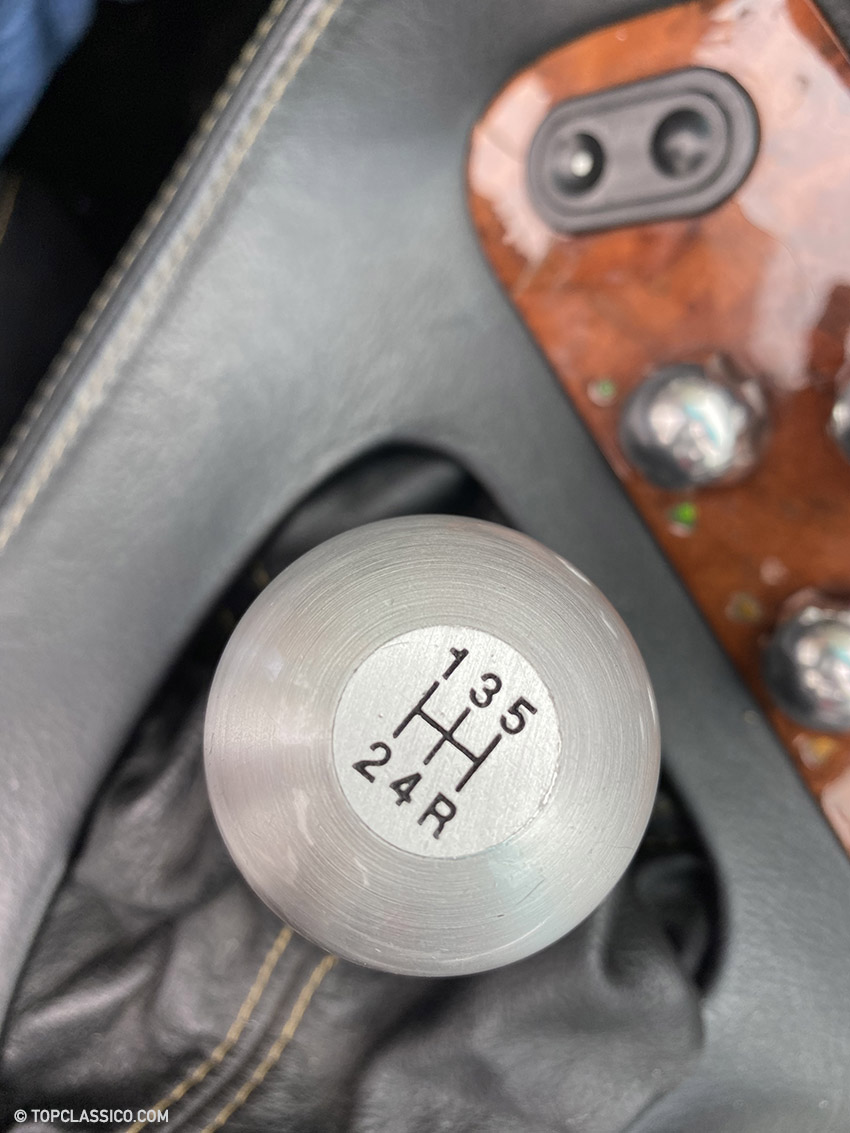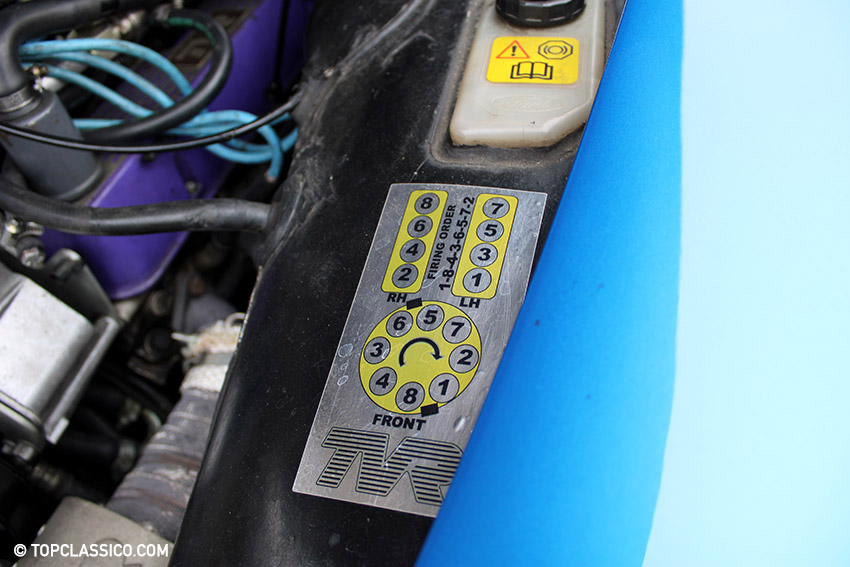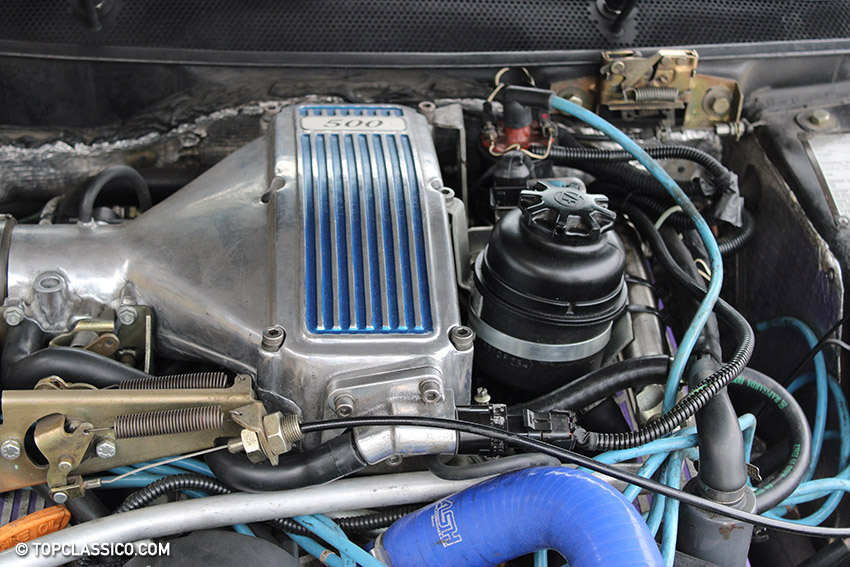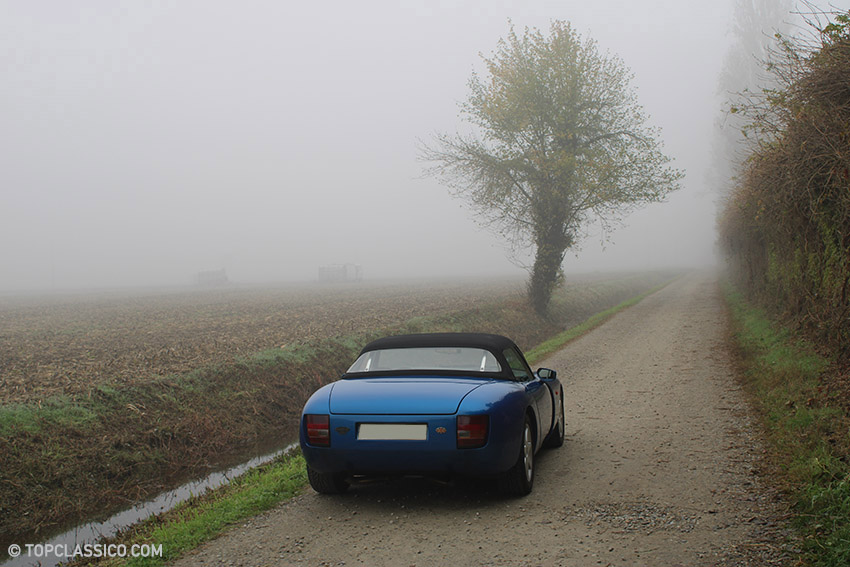The “no limits” thrill of a TVR Griffith 500 drive

Even starting it up in the garage is an event: as a British journalist wrote a few years ago, “the roar rattles the window panes, the dogs bark, the neighbors curse you”. This captivating British sports car combines handcrafted charm with thrilling performance
Let’s go back to the 1990s, the modern era of automotive evolution: electronics had become a major part of car production. ABS, air bags, efficient computer-developed aerodynamics, anti-skid devices and other electronic safety systems were now present even in mid-range vehicles. The big car manufacturers were forced into achieving greater levels of reliability because modern consumers of the time no longer tolerated capricious electrical systems and frequent maintenance, but travelled in the spirit of “get in, start up and go”. Some small factories, however, were holding out and in England they continued to assemble cars by hand, as they did in the Sixties: TVR was one of these.
Youngtimer for refined tastes. Hand-welded tubular chassis, large front engine and rear wheel drive, original design, lightweight fibreglass bodywork, exquisitely crafted fine leather interior, briarwood and polished aluminium. This is how the TVR Griffith 500 was produced, the last of the true English sports cars, avoiding the rules of marketing and brimming with passion and creativity. Not even a hint of ABS or traction control. TVR was founded in 1947 in Blackpool, on the British north west coast, with a small production of sport kit-cars at a reasonable price. These vehicles were facing a post-war recession that facilitated the taxation of boxed vehicles. Owner Trevor Wilkinson, from whom the acronym TVR derives, began the business by modifying old pre-war chassis, mounting suspensions taken from the production of the period; then, as he managed to perfect processes and products, he also began to build chassis from scratch. In 1958 he created his first important car, the Grantura, with a 1,098.00 cc Coventry Climax engine.
A somewhat mistreated precedent. From that moment on, TVR became a full-fledged British sports car manufacturer and, after various up-grades of the Grantura and the development of subsequent models, in 1966 the company passed into the hands of Martin Lilley, who continued the sporting spirit with increasingly high performance and improved vehicles, but always without changing the philosophy of the car created by hand. Prices also remained low, with cars aimed at a certain conservative English “middle class”. It is necessary however to make a distinction, with a necessary step backwards, since a Griffith already existed in the Sixties. That’s the story: a Ford dealer from Long Island named Jack Griffith wanted to compete with the AC Cobra and basically copied the idea, i.e. a light chassis of an English car on which to transplant a big engine with many horsepower. TVR supplied him with the Grantura chassis and he mounted on it the big Ford V8 4.700: so a high performance car was born but the chassis was inadequate for all that power. For this reason TVR decided to remain only a supplier and did not want to associate its brand to the small monster. So much so that a different badge appeared on the hood of the vehicle. However, over time the model has always been improved and the nineties and 2000s gave it justice, since in the championships of historical speed it won a lot and it is still very sought after by collectors.
Nineties Griffith. Peter Wheeler, the owner of TVR who took over in 1984, noticed a gradual decline in sales at the end of the 1980s and had to come up with a new model. So he commissions his chief engineer John Ravenscrot, who with his team designs a two-seater roadster with sinuous lines that, with the front, the headlights and the windshield wrap, reminiscent of certain sports sixties. The roof has the classic system already used on other TVR models: a rigid detachable part that can be stored in the trunk and a soft canvas rear window that can be left stretched for a “Targa” configuration or collapsed to obtain a total opening. The chassis is taken with a few modifications from the Tuscan race car, a car intended for a one-make challenge for gentleman drivers and young aspiring professional drivers. The engine is the V8 derived Rover aluminum already used for other TVR models, brought 4,000 cc (240 hp). The model is presented at the Birmingham Motor Show in 1990 and it is immediately a success, dealers are full of unexpected orders, so much so that TVR is not able to respect the delivery dates: it took more or less 18 months for the deliveries of the first Griffiths.
Top weight and power. The Griffith remained in production until 2001 without major changes; the engines have enjoyed various up-grades in engine displacement with increased power up to 340 hp, while the Griffith 500 produced since 1994 was “depowered” in 1996 to 320 hp. Despite these statements by the mother company, various literature and bench tests by various owners have shown that the actual power of a Griffith 500 is around 290 hp, which is still a lot for a vehicle that weighs 1060 kg. In fact, this excellent power-to-weight ratio allows it to accelerate in 4.2 seconds from 0 to 100 km/h and in 10.2 seconds from 0 to 160 km/h. In 2001 to celebrate its retirement, a special limited series of 100 pieces called “SE ” was produced with several improvements such as the headlights with a larger diameter, the more wraparound seats of the Cerbera Coupe, the round rear lights, recessed in the bodywork, and the dashboard in satin metal “bouchonée”. In total, about 2400 examples were produced, of which just over 50 were left-hand drive. In 1993, at the behest of the boss Peter Wheleer, the Griffith was joined by the Chimaera, which shares the chassis and mechanics of the ancestor but under a more British dress. It had to satisfy a customer base that wanted a more sober vehicle, less flashy than the Griffith and with a more spacious boot but with no difference in performance. In fact, as a good English gentleman, Mr. Wheleer complained that on the Griffith it was difficult to insert his golf bag.
Seductive and nasty, sticks you to the seat. A short phrase from a British journalist some time ago sums up the essence of this car: “This car puts the smile in your face”. A statement that, as the owner and driver of a 1996 Griffith for 14 years, I can only confirm. Sure, a few details and finishes need to be glossed over; there’s not the Teutonic precision of a BMW. But the Griffith 500 is a car of so much substance and when you’re behind the wheel you forget all the flaws and enter a dimension of extra-sensory driving experience. Sitting in the cockpit you feel perfectly enveloped and you are at one with the car, the quality of the leather and the gearshift with its full aluminum knob give a real pleasure to the touch. Already the start-up in the garage is an event, the roar makes the windows shake, the dogs have, the neighbors curse you. The steering is precise and direct, the servo assistance doesn’t take away your sensitivity but it is just an aid in manoeuvres; the gearbox, although a bit hard, is pleasant to manoeuvre thanks to the short run between the gears.
True racing style. The engine already pushes hard from 2000 rpm, after 3000 it is fierce and seems to be able to increase the revs indefinitely. In no time at all you will find yourself devouring the horizon with a roar reminiscent of certain V8 prototype sports cars that I saw at the 1000 km of Monza as a boy. You have to be careful on stretches of road with bumps always keeping two hands on the wheel, as the whole frame and suspension is highly reactive. The weight distribution is almost equal between front and rear, and on dry roads the grip is excellent; however, the short wheelbase makes the vehicle “nervous” and it is necessary to apply the accelerator wisely, especially on wet roads. It should be remembered that TVR mounts overlapping triangle suspensions in pure racing style and those who are used to driving cars with the now ubiquitous McPherson and have never driven a go-kart, or other sports cars of the sixties and seventies, may feel lost driving a TVR. But if you’re willing to sacrifice a little comfort and a sense of security in exchange for pure emotions, and not adulterated by politically correct car filters, this is the right car.
© ALL RIGHTS RESERVED


